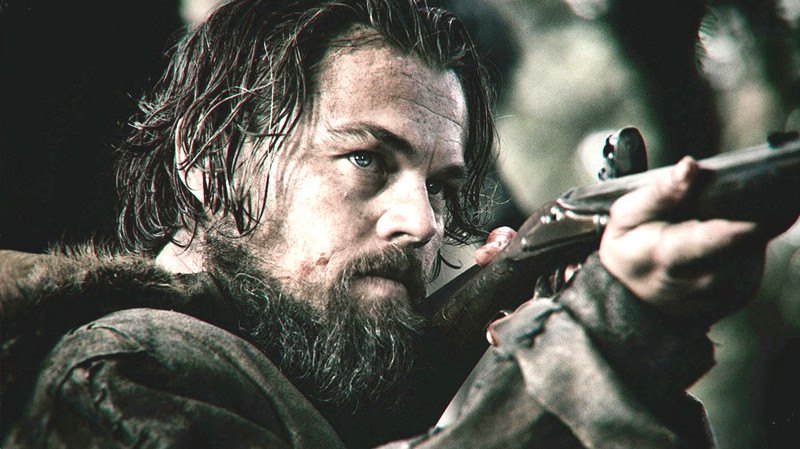
There’s a reason why Emmanuel Lubezki is one of the most renowned cinematographers working in Hollywood today. If you’re thinking that that reason is that he has shot some of the biggest Oscar movies of the last twenty years, you wouldn’t be wrong. But why do directors like Cuarón and Malik continue to team up with him? In each other, they’ve found someone who perfectly synchronizes his work to their vision, because Lubezki is an artist who has continually proven his ability to fulfill visually stunning and daring feats of photography. No project has been too big or too small for him.
Born and raised in Mexico City, “El Chivo” began his career shooting Mexican television in the 80s. He studied at Centro Universitario de Estudios Cinematográficos, where he met Alfonso Cuarón. Part of his rise to notoriety has been attributed to his pairing with his long time friend, but regardless of how he got to the top, there’s no doubt about it that he deserves to be there.
10. Great Expectations (1998)
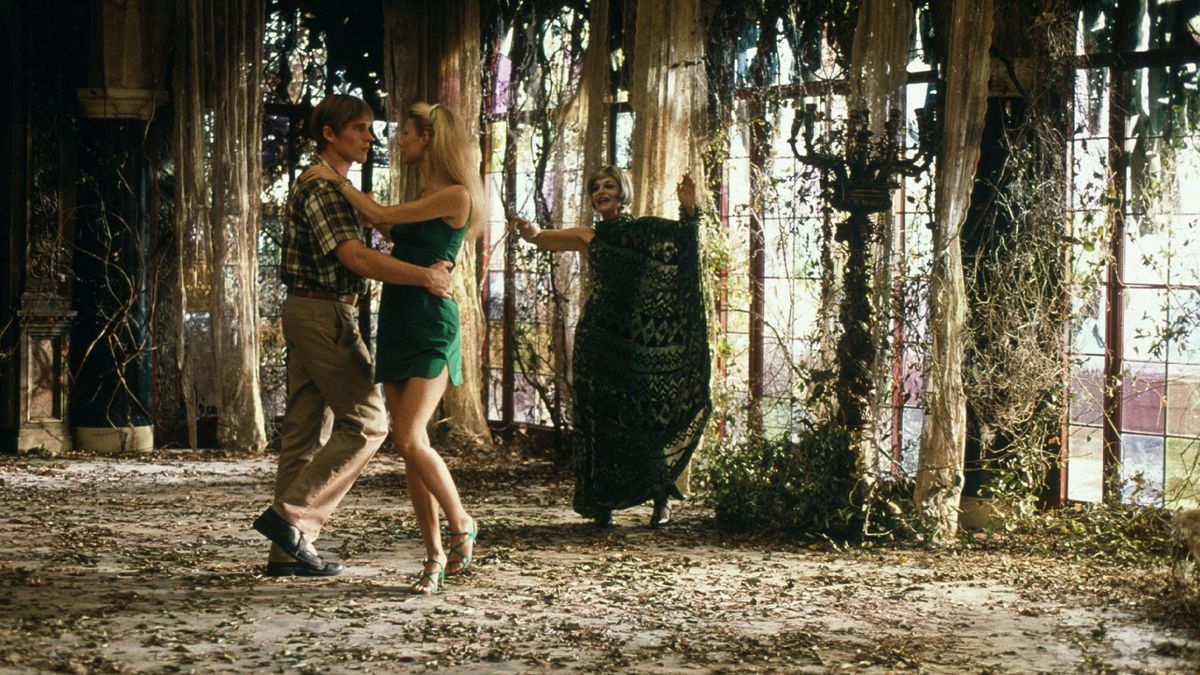
In 1995 Alfonso Cuarón made his fulsome Hollywood debut with A Little Princess. He had previously worked with Lubezki on his debut film, the Mexican comedy Only With Your Partner. The duo’s first English film was a massive success that proved Cuarón’s mastery of storytelling and allowed them to move on to bigger and more ambitious projects in the following years. Their following film was an adaptation of the Charles Dickens novel Great Expectations. Screenwriter Mitch Glazer adapted the novel from its original Victorian England setting to modern-day New York. The cast was packed with A-Listers: Ethan Hawke starred as the wide-eyed protagonist Finn Bell, with a supporting cast including Gwyneth Paltrow, Robert De Niro, and Anne Bancroft.
Great Expectations is far cry from the best film Cuarón and Lubezki ever made together. But if it has anything it’s visual beauty. Lubezki tints New York City in a luxurious yet decadent glow that is on par with the theme and tone of both the Dickens novel and the adaptation. Lubezki is nowadays well-known for his inventive and skillful uses of the long take, and this 1998 film includes one of the best of his career that follows a flustered Ethan Hawke through the Big Apple.
The film received mixed reviews upon its release and has been given minimal thought by the film community in recent years. Alfonso Cuarón later said that he regretted making the movie and that shooting it was “a horrible experience”. He went on to say that he basically made it for the money and to work with the big names attached to it. However harsh the criticism from its own director is, it is not a bad movie whatsoever. If anything it gave audiences a sneak peek of the cinematic skillfulness of these two young Mexican filmmakers.
9. Sleepy Hollow (1999)
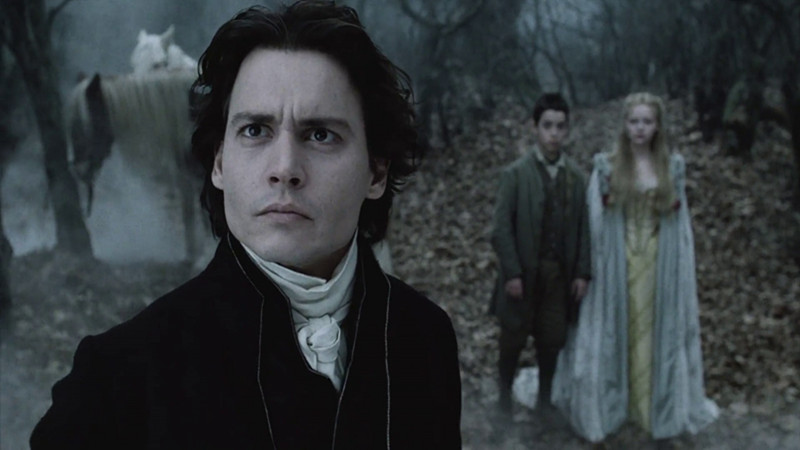
Tim Burton was impressed by Lubezki’s work in Great Expectations. Lubezki’s photography in the previous film is at times ethereal and gothic, and Sleepy Hollow is a story that can very well be categorized as such. It’s based on the famous story “The Legend of Sleepy Hollow” by Washington Irving. The plot follows police constable Ichabod Crane in 19th Century New York who is sent to investigate a series of decapitations in the small rural community of Sleepy Hollow. Johnny Depp plays Ichabod Crane, and the cast includes some big names in Christina Ricci, Michael Gambon, and Miranda Richardson.
The original story is already grim in itself, and Burton of course made it even more so. Known for his love of German-expressionism, Burton wanted the film to be full of shadow, contrast, and blackness. He worked closely with Lubezki to give the film the gothic, sinister look it has. They initially thought about shooting in black and white, but this proved unfeasible. What they did is go for the most monochromatic color palette possible. The film is brimming with greys, blacks, and whites that perfectly evoke the macabre and phantasmagoric essence of the story. Apparently, Lubezki used Mexican lucha libre films of the 1960s as an inspiration.
It’s a film full of literal and thematic darkness and fog and deservedly earned Lubezki an Oscar nomination. It’s worth watching solely for how beautiful it looks, that the film is amazing regardless is just a bonus.
8. Ali (2001)
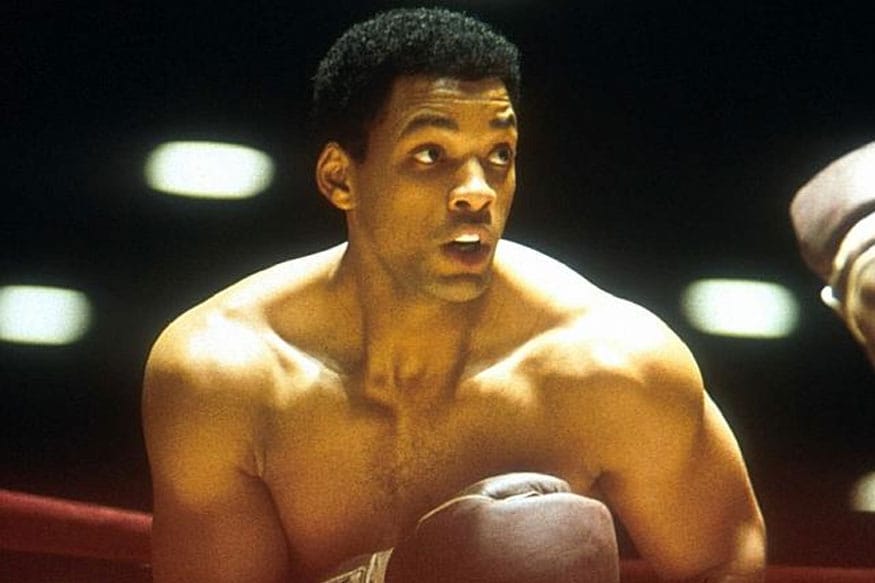
Credit has to be given where it’s due. Michael Mann and the rest of the screenwriters created a portrayal of a larger-than-life sports icon that is extremely multi-faceted. They explore not only who Ali was as a fighter but how the American judicial system and the socio-political climate of the time affected his life in striking detail. Will Smith gives a good titular performance and works hard to embody the character and divert focus from his celebrity person.
Ali is a biopic about Muhammad Ali but feels much bigger than just that. Mann takes us through the pivotal events in the boxer’s life while simultaneously depicting what the deaths of civil rights leaders like Malcolm X and Martin Luther King Jr. did to his character. Mann is an expert at making characters at odds with the world around them, and he proves this once again in his 2001 film.
All in all, Ali does end up following the clichès of the Oscar-bait Hollywood biopic a fair amount. Yet, Mann’s stylish, fast-paced directing and Lubezki’s photography end up being its main saving graces. The fight scenes in the film are particularly astounding. Lubezki’s lighting gives Ali’s bouts an epic air about them. The film is neither Mann’s nor Lubezki’s greatest work, but they worked very well together, and the result is of the better Hollywood biopics of the early 2000s.
7. Y Tu Mamá También (2001)
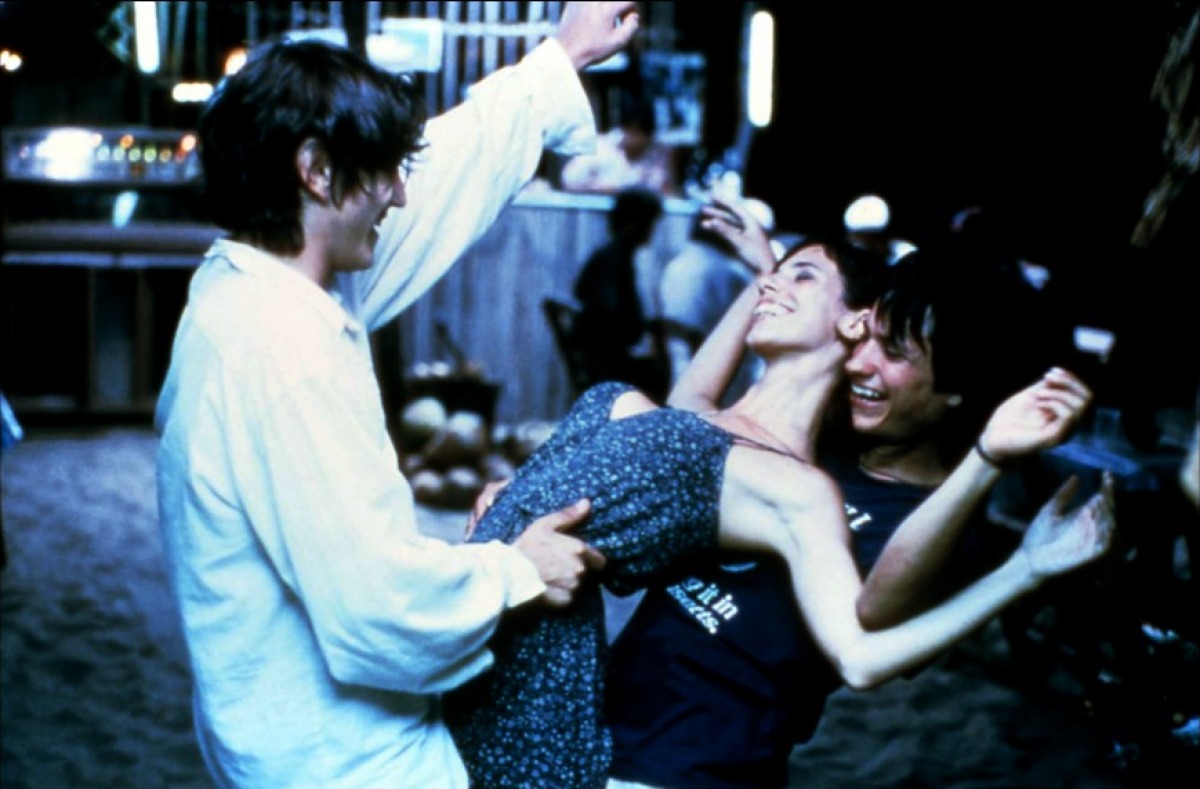
At the near opposite end of the spectrum from Mann’s Ali lies Y Tu Mamá También: Lubezki and Cuarón’s fourth collaboration. Cuarón was looking to make a film outside of Hollywood and sort of distance himself from the commercial cinema he had been making in America. The two then returned to their native Mexico to make this coming-of-age road movie. Cuarón wrote a basic script with his brother Carlos and cast Diego Luna and Gael Garcia Bernal, two big young names in the Mexican film industry, as his leads.
The protagonists are two young men who just graduated from high school. Tenoch (Luna) and Julio (Garcia Bernal) are soaking in the ennui of summer in Mexico City. One day, they meet a beautiful older Spanish woman at a wedding. The two tell her they’re planning on driving to the beach and invite her, she surprisingly takes them up on their offer. Their trip unfolds in a rather erotic fashion and the trio form life changing bonds between them.
Cuarón urged his actors to improvise. The script was very minimal and much of the dialogue and plot were developed through improvisational rehearsals. The film was shot with a handheld camera, the result is a raw and documentary-like look that Lubezki makes work like magic. His use of natural lighting, framing, and long takes are all masterful. The film’s visual beauty is mostly due to the simplicity of its shots. It’s very interesting how Lubezki was simultaneously making a high-tech Hollywood biopic and an art-house road movie in Mexico. Just goes to show the value of versatility.
6. The New World (2005)
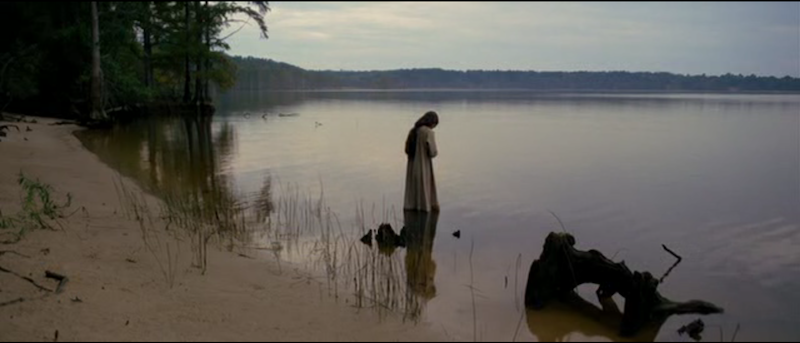
Lubezki first teamed up with frequent collaborator Terrence Malick for his 2005 epic The New World. It was a project that Malick had been working on since the 70s but had not been able to make. He was making a film about Che Guevara when funding finally came through. Malick immediately abandoned the Che project and began working on The New World.
The film follows Captain John Smith. Smith is an actual historical figure who arrived in the now West Coast to form an English colony. The settlement suffers through many setbacks: disease, poor leadership, and conflict with the local natives. Smith is on an expedition one day when he is captured by the local Powhatans. He is nearly executed but is saved by Pocahontas, the daughter of the chief. The film tells the story of Smith, Pocahontas, and the issues between settlers and natives.
The New World thrives in authenticity. Malick wanted to shoot in location to make the story seem more realistic. The cast included many Native Americans, and the crew worked with linguists to make a realistic copy of the extinct Powhatan language. Part of this authenticity comes from Lubezki’s end. He captures the story with both beauty and urgency, working under some of the most challenging conditions of his career.